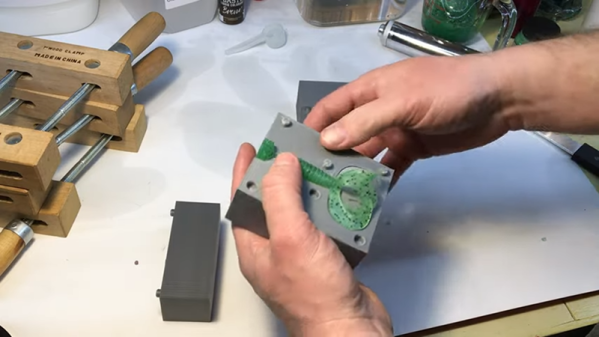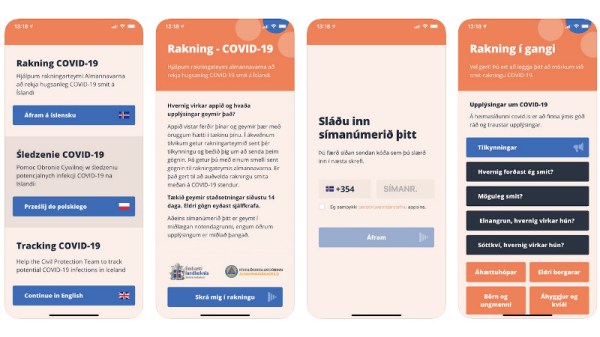What we want is a Star Trek-style replicator. What we have are a bunch of different machines that can spew out various 2D and 3D shapes. For the foreseeable future, you’ll still need to post-process most of what you build in some way. [Stuff Made Here] had a challenge. He often uses his plasma cutter to create complex sheet metal items. But the cutter is two dimensional so the piece doesn’t look right until you bend it at just the right places. If you are doing a simple box, it is easy to figure out, but getting just the right spot on a complex bend can be a challenge. His answer? Attach a marker to the gantry so the machine can draw the lines right on the sheet metal.
Sounds easy and if you were willing to do a pen pass separately and then remove the pen and do the plasma cutting it would be relatively easy. However, that seems kind of crude. Mounting it permanently requires a way to raise it up when cutting — and it needs to survive the noisy environment near the torch. The pen would also dry out if you left in uncapped. The answer was using a permanent marker with a click retractor and let the mechanism extend and retract the pen point on command.
Continue reading “Plasma Cutter + Sharpie Is Surprisingly Useful”


















